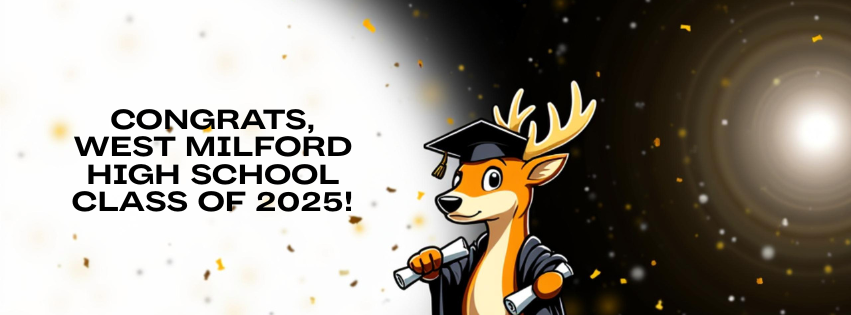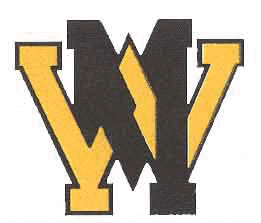What do bulls, barrels, and clowns all have in common? These are all iconic rodeo symbols. Seeing these means the rodeo season is starting up.
Rodeos are common out west and down south, but the popularity is spreading around our area. The Sussex County Fairgrounds holds rodeos and horse events annually. Rodeos are defined as a public performance of western riding events. These events include barrel racing, bull riding, bulldogging, and different forms of roping. Rodeos formed centuries ago, when ranchers had some down time. Some sports, such as the different forms of roping, just rose naturally. Calf roping was not publicized for a long time, because it was often that ranchers would have to tie down a calf in order to control it. Other sports, such as bulldogging, took some imagination.
There are typically six events per rodeo, plus an entertaining intermission. These events are barrel racing, bull riding, calf roping, team roping, bulldogging, and bronco riding. Competitors come in from all over the country to compete in a rodeo. A large rodeo could consist of thousands of cowboys. Usually a cowboy only focuses on one event. A common misconception is ropers do both tie down and team roping. The two sports are very different.
There are associations dedicated to the sport of rodeo. The PCRA, Professional Cowboy Rodeo Association, and WPRA, Women’s Professional Rodeo Association, are completely concentrated on the sport. The PCRA members are the ones who compete in the Wrangler National Finals, a televised rodeo held in Las Vegas. The WPRA works closely with the NBHA. The NBHA is the National Barrel Horse Association is the number one barrel racing organization in the world. They have offices in America, Australia, Canada, China, Italy, Panama, Spain, Switzerland and the Netherlands.
Barrel racing is sponsored by the NBHA, the National Barrel Horse Association. It is a race against the clock. Three barrels are set up in a clover leaf pattern. If a barrel is grounded, or knocked over, it is a five second penalty per barrel. The scoring is set up into four divisions. The first division, or 1D, consists of the four quickest runners of the fastest time slot. The 2D consists of the first four runners of the second time slot. The 3D is the first four runners of the third fastest time, and the 4D is the four fastest runners of the fourth fastest time slot. Generally only the first four divisions are paid.
There is one saying about this next sport which depicts how dangerous it really is: “It’s not if you get hurt, it’s when.” This hazardous sport is bull riding. It draws the attention of millions, but there are very few brave enough to actually compete in it. A risky rider holds on to a raging bull for eight seconds, hoping to get scored and stay alive. If a rider falls off before the eight seconds, he cannot be scored. One hand must be holding on to the bull, the other must be free. Something unique about the sport is the rider and bull being scored. A rider is judged on his ability to stay on. The bull is scored on its ability to buck. A good score for a run is 90 points. There has only been one perfect score in all of PCRA history.
Would you be brave enough to jump off of your horse onto a running bull? The cowboys who bulldog are! Bulldogging was formerly known as steer wrestling. The timer starts when the rider and his horse cross the barrier. At the same time, a bull is released. The rider must jump off his horse, onto the running bull, and bring the bull’s shoulders to the ground. A good time is three to four seconds. This is known as the quickest rodeo event.
Since the sport of rodeo is built more on respect than actual skill, there are certain manners people are expected to exercise. The number one rule at rodeos is to never insult someone’s horse. Horses are very expensive animals that require much attention, work, and care. Horses very easily become a priority. If a horse is insulted, mostly any owner will not hesitate on defending their animal. Speaking of not insulting, it is frowned upon to disrespect a former trainer. Regardless of how well he may or may not have trained someone, the trainer always teaches something. Even if the trainer and ex-student are not on good terms, it is expected they will be cordial to each other.
In rodeos and horseback riding in general, the horses do not do all the work. Any rider will attest to this. Now that the summer is here, rodeos will soon be starting. This sport should be appreciated because people underestimate the amount of skill needed to perform. It’s hard to make riding look easy. The rodeos held in New Jersey are usually just for fun, and they are very fun. If you need something to do over the summer, head over to the Fairgrounds in Sussex to appreciate some true cowboys and cowgirls showing their talents.






